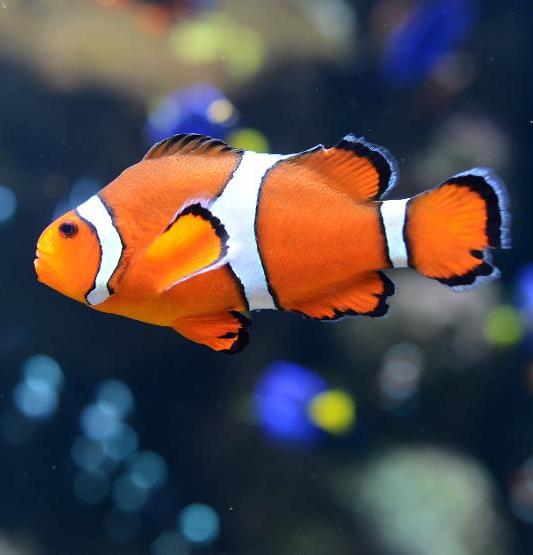Finding Nemo is real: Clownfish do make epic sea journeys, study finds
In the movie “Finding Nemo,” a father clownfish swims across the ocean to find the son he lost, but in reality, it’s the babies that make long journeys to survive. In their first days of life, clownfish larvae can swim up to 250 miles in order to find a home, said the study in journal PLOS ONE. “That’s an epic journey for these little dudes,” said co-author Stephen Simpson from the University of Exeter. “When they make it back to the reef, they’re only a few millimeters long and they have only a few days to make it there so they must be using ocean currents to assist their migration,” he added.
In order to persist, fish must be migrating between these two populations.
Study co-author Stephen Simpson, from the University of Exeter
Researchers studying the fish off the waters of Oman saw there were just two coral reef systems along the coast, separated by 250 miles of ocean. Divers collected tissue samples from almost 400 clownfish, by taking a small fin clip for DNA analysis before releasing the fish again. They used DNA fingerprinting to identify fish migrating from one population to another, and found that 6% of the fish sampled had made this long journey. Researchers said much like in the 2003 Disney movie, clownfish live most of their adult lives in anemone. They also rely heavily on ocean currents to take them from place to place. But, unlike in the movie, their travels only take place when the fish are tiny.

Science clownfish